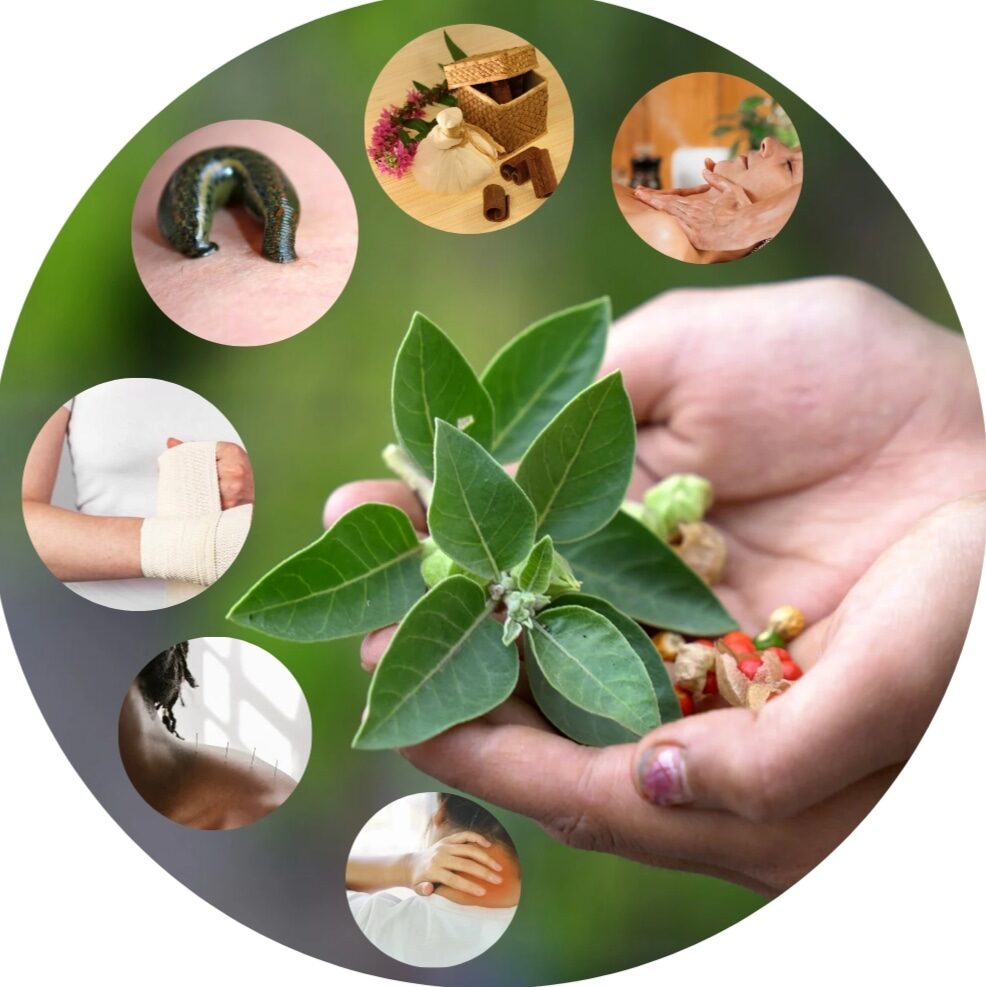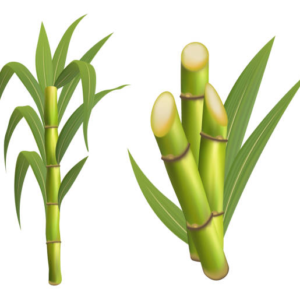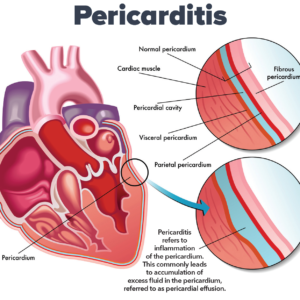Table of Contents
- Importance of Proper Meditation Posture
- Preparatory Practices for Meditation
- Foundational Meditation Postures
- Advanced Meditation Postures
- Precautions for Meditation Postures
- Tips for Enhancing Comfort
- Conclusion
- Other articles :
Meditation is an ancient practice that offers numerous physical, mental, and spiritual benefits. One of the foundational aspects of effective meditation is adopting the correct posture. A proper posture ensures comfort, stability, and uninterrupted focus during prolonged meditation sessions. This guide provides a detailed exploration of meditation postures, preparatory practices, advanced techniques, and safety precautions for a fulfilling meditative journey.
Importance of Proper Meditation Posture
A well-aligned meditation posture is not merely about sitting still—it serves as the framework for mental and physical harmony. A proper posture helps:
- Maintain Physical Stability: Reduces distractions caused by physical discomfort.
- Promote Mental Alertness: Prevents drowsiness, enabling a heightened state of awareness.
- Facilitate Energy Flow: Ensures the free flow of prana (life force) throughout the body.
- Support Spiritual Growth: Creates the right conditions for deep meditative experiences.
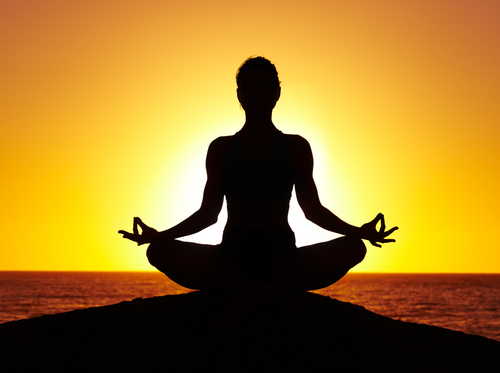
Swami Sivananda states, “Without mastering stability in a meditative posture, progress in meditation and pranayama remains limited. Steadiness in posture cultivates one-pointed concentration, leading to spiritual bliss.”
Preparatory Practices for Meditation
Before attempting meditation postures, it is essential to prepare the body. The following asanas from the Pawanmuktasana series loosen joints, improve flexibility, and alleviate stiffness:
- Ardha Titali Asana (Half Butterfly Pose)
- Loosens hip and knee joints.
- Gently prepares the lower body for seated postures.
- Shroni Chakra (Hip Rotation)
- Enhances hip mobility.
- Reduces tension in the pelvic region.
- Poorn Titali Asana (Full Butterfly Pose)
- Relieves stiffness in the groin and inner thighs.
- Prepares the body for cross-legged positions.
- Vayu Niskasan (Wind Releasing Pose)
- Eases abdominal tension and improves digestion.
- Prepares the spine and hips for extended sitting.
- Kauwa Chal Asana (Crow Walking Pose)
- Strengthens the legs and improves balance.
- Udakarshan Asana (Abdominal Stretch Pose)
- Stretches abdominal muscles and relieves digestive discomfort.
- Shaithalyasana (Relaxation Pose)
- Promotes overall relaxation and reduces stress.
These poses should be practiced daily to enhance the flexibility and endurance required for meditation postures.
Foundational Meditation Postures
1. Sukhasana (Easy Pose)
- Description: Sit cross-legged on the floor with an upright spine and hands resting on the knees.
- Benefits:
- Ideal for beginners.
- Encourages relaxation while maintaining alertness.
- Precautions:
- Ensure the spine remains straight to avoid slouching.
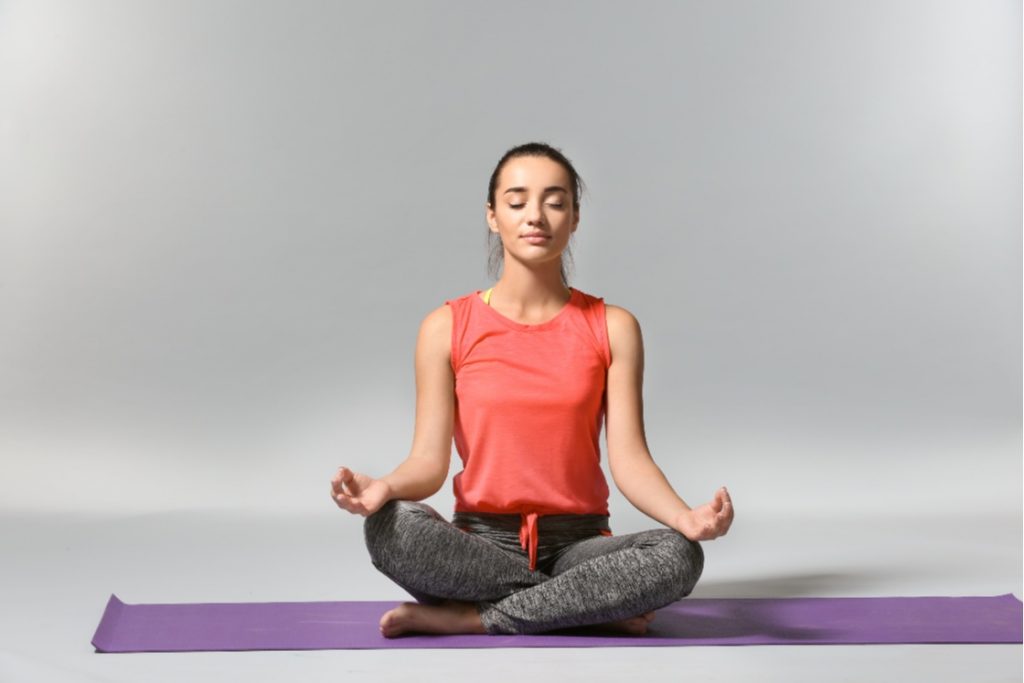
2. Padmasana (Lotus Pose)
- Description: Sit with each foot placed on the opposite thigh, keeping the spine erect.
- Benefits:
- Provides a stable base for prolonged meditation.
- Encourages a balanced alignment of energy flow.
- Precautions:
- Avoid if you have knee or ankle issues.
- Attempt gradually, as flexibility increases.
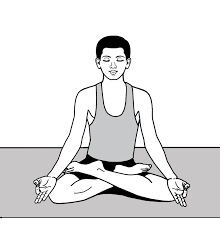
3. Ardha Padmasana (Half Lotus Pose)
- Description: Similar to Padmasana but with one foot on the opposite thigh and the other foot beneath the opposite knee.
- Benefits:
- Offers stability with less strain than Padmasana.
- Precautions:
- Start with short durations before progressing.

4. Vajrasana (Thunderbolt Pose)
- Description: Kneel with the toes pointing backward and sit back on your heels, keeping the spine straight.
- Benefits:
- Aids digestion and enhances concentration.
- Suitable for meditation and pranayama.
- Precautions:
- Avoid if you have knee pain or stiffness.
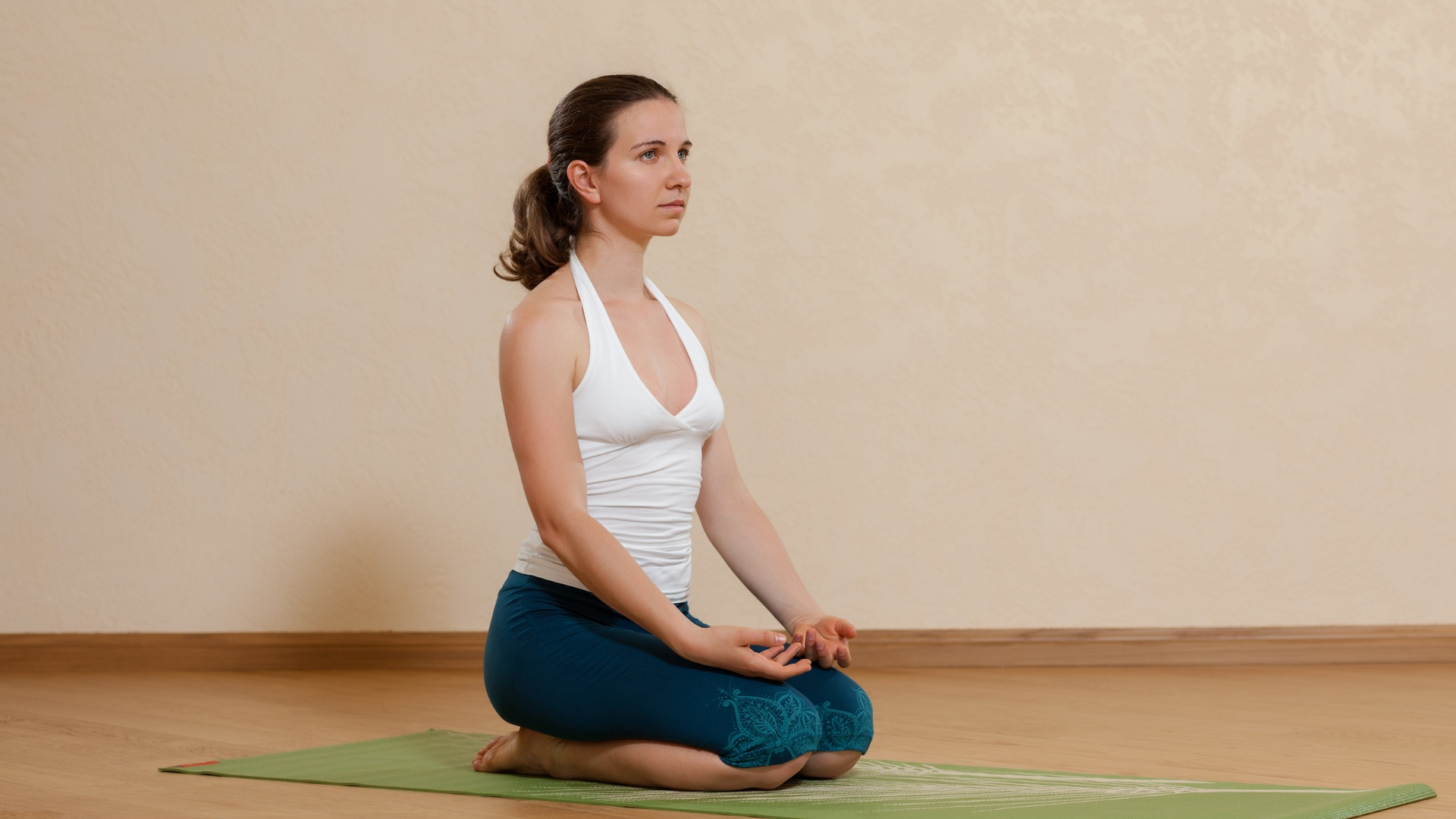
5. Chair Meditation
- Description: Sit on a chair with feet flat on the ground, back straight, and hands resting on the thighs.
- Benefits:
- Accessible for individuals with limited flexibility.
- Supports spinal alignment.
- Precautions:
- Sit forward on the chair to avoid leaning back.
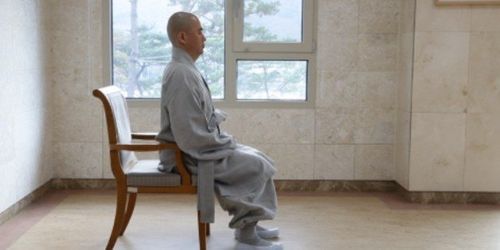
Advanced Meditation Postures
Once a practitioner gains proficiency in foundational postures, advanced techniques can deepen their meditation practice.
1. Siddhasana (Accomplished Pose)
- Description: Sit with one heel pressed against the perineum and the other heel positioned above it, maintaining an erect spine.
- Benefits:
- Enhances energy flow in the body.
- Often regarded as the most effective pose for meditation.
- Precautions:
- Requires flexibility; approach with practice.

2. Baddha Padmasana (Bound Lotus Pose)
- Description: Sit in Padmasana and reach behind the back to hold the opposite toes.
- Benefits:
- Opens the chest and improves respiratory efficiency.
- Enhances focus and concentration.
- Precautions:
- Attempt only after mastering Padmasana.
- Avoid if you have shoulder or back issues.
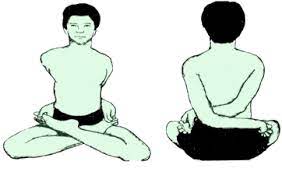
Precautions for Meditation Postures
To ensure safety and comfort during meditation, follow these precautions:
- Avoid Forcing Postures
- Never push your body into a posture that causes pain or discomfort. Progress gradually.
- Protect the Knees
- Avoid placing excessive strain on the knees, especially during entry and exit from poses.
- Alternate Legs
- For cross-legged positions, alternate the placement of the legs to maintain balance in the body.
- Use Support Props
- A small cushion or yoga block under the hips can provide additional support and reduce strain on the knees and lower back.
- Warm-Up Exercises
- Engage in gentle stretching before meditation to prepare the body for sitting.
- Release Stiffness Gently
- If you feel stiffness or pain, slowly release the pose, massage the affected area, and resume once the discomfort subsides.
Tips for Enhancing Comfort
- Posture Adjustments
- Use a folded blanket under the hips to elevate the pelvis slightly, reducing pressure on the knees.
- Consistent Practice
- Regular practice of preparatory poses and short meditation sessions can gradually increase comfort and endurance.
- Focus on Steadiness
- Adopt a mindset of immovability by affirming, “I am steady as a rock.” This mental practice, known as Kaya Sthairyam (body steadiness), enhances physical and mental stability.
Conclusion
Mastering meditation postures is an essential step toward a fulfilling meditative practice. By practicing preparatory poses, selecting the right posture, and adhering to safety precautions, practitioners can create the perfect conditions for focus, relaxation, and spiritual growth.
Further Reading:
With patience and dedication, meditation becomes not only a practice but a transformative journey toward inner peace and enlightenment.
Other articles :
- Global Perspectives on Folliculitis: Ayurveda’s Approach to Prevention, Treatment, and Healthcare Disparities
- How to Lose Weight in 1 Week: Ayurvedic and Research-Based Insights
- 50 Research Paper Insights into Sleep: The Ultimate Guide to Health, Cognitive Performance, and Longevity
- Top 20 Most comely Useful Instruments in Physiology lab with their classification- part 4
- BEST AYURVEDIC DIET AND NUTRITION GUIDE
- AYURVEDA INTRODUCTION
- Growth of the Ayurveda Wellness Market in 2024: Personalization, Technology, and Global Expansion
- Shat Kriyakala: Understanding 6 Stage of Disease Progression in Ayurveda and Its Modern Relevance
- Understanding Concepts 3 Doshas in Ayurveda: Tridosha
- Anatomy, Function, and Clinical Insights into the Mediastinum: A Comprehensive Overview
- Stress Relief and Mental Wellness: Understanding Causes, Effects and Effective Strategies
- Arthritis explore Ayurvedic and Modern Aspects
- Over view of the Urinary System: Embryology , Functions and Congenital Diseases
